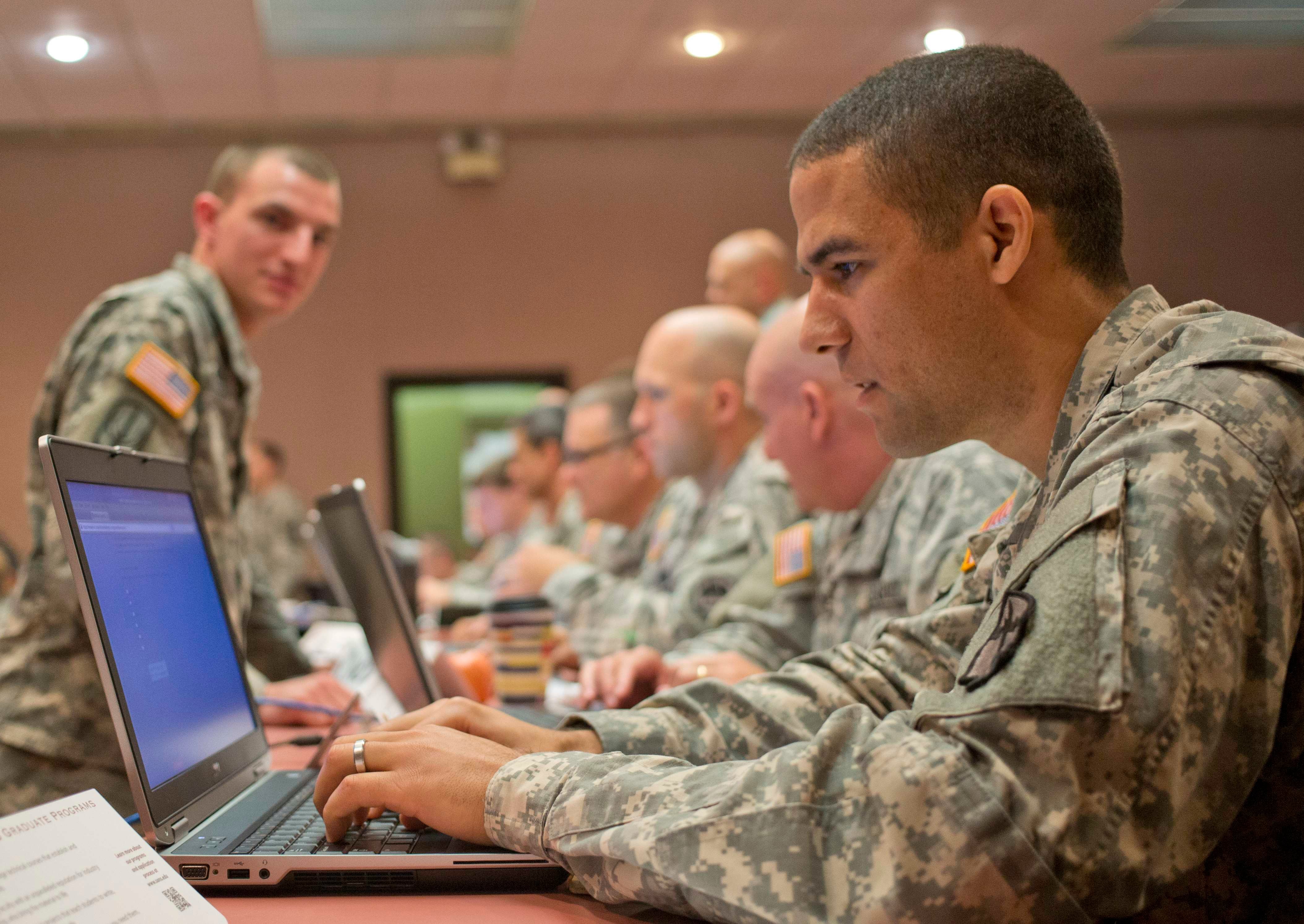Last month, the Pentagon unveiled its latest foil to Chinese military advantages in the Indo-Pacific: a plan to produce thousands of attritable autonomous drones dubbed “Replicator.”
Details of the initiative are necessarily scant so as to not tip off China, but by and large, the initiative makes sense. This is a prudent first step by Pentagon leadership to acknowledge that mass at an affordable price point is as important, if not more important, than ever more expensive and exquisite weapons.
RELATED

Follow-through is really what matters. And Replicator may just take one step back in our efforts to deter war in the Indo-Pacific if there isn’t an “army of coders” behind it, enabling the initiative’s drones to be programmed, re-programmed, trained and re-trained in real-time.
This program should be the first to acknowledge that both software and data production are not the province of contracting specialists but instead need to be a core military competency.
The need for this “army of coders” isn’t limited to the Department of Defense (DoD); it’s a government-wide problem. As Jennifer Pahlka explains in her book, Recoding America, there’s a dearth of technologists at every level of government, from the policymakers at the top to the policy implementers at the bottom. And for the digital experts that the government does employ, rigid requirements imposed by Congress and sometimes even stricter interpretations of these requirements by lawyers and contracting officers leave our warfighters without the freedom to pursue creative software solutions.
Pile on top an adherence to compliance over outcomes and you have a Pentagon that is hamstrung in its ability to provide warfighting capability that makes sense to any eighteen-year-old service member.
If the definition of insanity is doing the same thing over and over again, yet expecting different results, then Replicator will be a one-way ticket to the asylum. The Pentagon cannot even procure software to manage its travel vouchers, so why should anyone be confident that what’s essentially a hugely complicated software project will work during war? While the prospects for success may be low at this time, Replicator can be made a success if it employs a skilled, dedicated workforce of coders: an army of coders.
Details on the specific drone platforms that will be deployed as part of Replicator are few and far between but those are immaterial. Whether it be Saildrones as in Task Force 59, small drones that can be networked together to engage in swarming tactics, or other platforms better fit for the distances of the Pacific, humans must be in the loop to alter the code, feed in updated data, and respond to enemy software attacks in real-time. If we want to see this today, just look at Ukraine. The side that will win in future conflicts is the one that can sling the code faster.

So, how do we build an army of coders?
First, the services should take the Defense Innovation Board’s advice and start by both creating and expanding career fields explicitly dedicated to software development, a problem for some of the services.
Second, for those already in uniform, the services should coordinate efforts to rotate service members through training courses at their software factories, like the Army’s aptly-named Software Factory.
Third, once finished training, the services should take a page out of Ukraine’s book and drive down tactical and operational decisions to the lower rungs of the force, putting software solutions as close to the operators as possible. That means personnel coding and solving problems in real-time side-by-side with drone users, and empowered to seek solutions without seeking permission from above. These coders should be assigned to the services’ command organizations under a combatant command, putting them all under the same roof.
Finally, an army of coders should control the code on which Replicator’s drones will run, freeing them from relying on contractors for access. The military must acknowledge that the ability to code weapons which kill people sometimes runs into direct conflict with companies’ commercial needs, as the Ukrainians recently found out with Elon Musk and Starlink.
How Replicator may fail
Given its ambitious plans, there are a lot of ways that Replicator can fail. Existing funding lines may not be enough, the defense industrial base may be unable to handle building thousands of drones, and the list goes on. But even if these problems are solved and Replicator’s drones are fielded, there will still be a need for coders to support them. And for that, an army will be needed.
Retired U.S. Army Maj. Gen. John Ferrari is a senior nonresident fellow at the American Enterprise Institute think tank. Ferrari previously served as a director of program analysis and evaluation for the Army. Charles Rahr is a research assistant at AEI.








